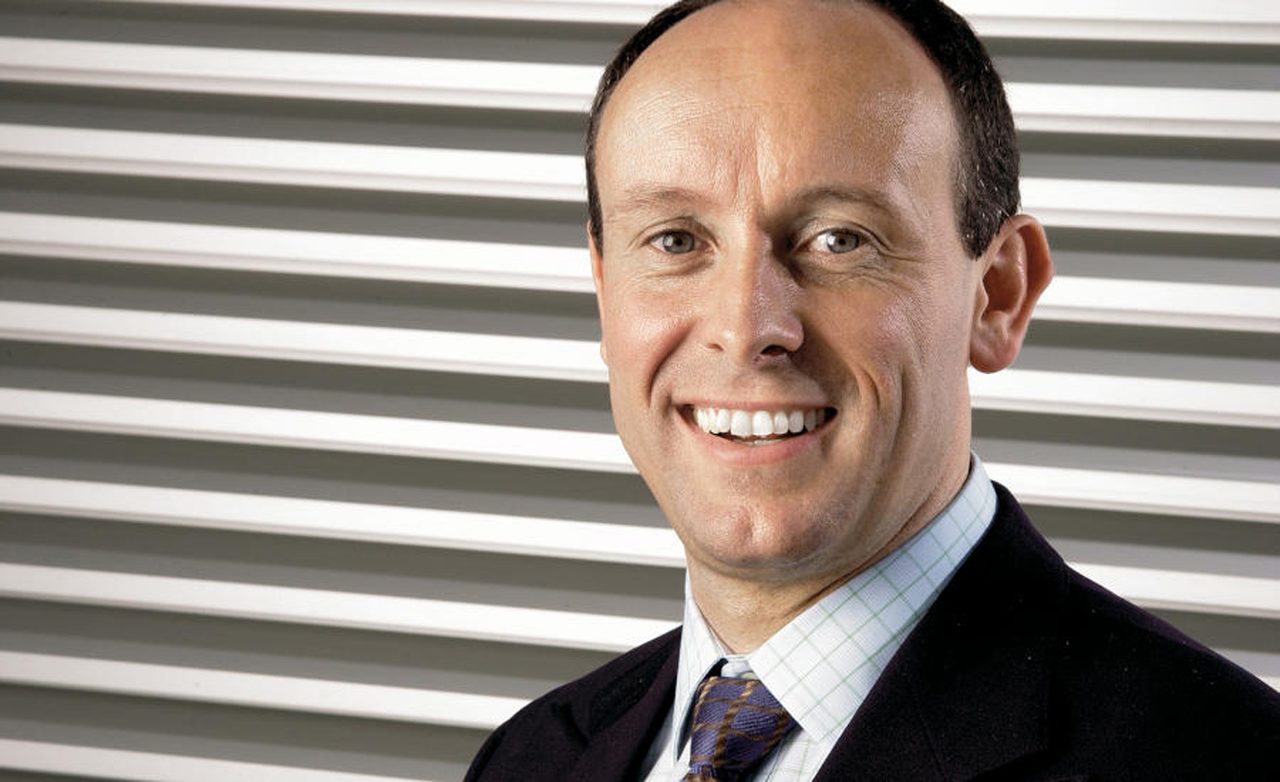LET'S TALKFLOOR
By Dave Foster

CFL: The Road to $1 Billion
Learn how the China-based flooring manufacturer saw 50% growth in 2021 and where it sees SPC headed.
Tenacity waterproof floors feature PVC-free stone core technology with hardwood and stone looks. Photo: CFL Flooring.
Thomas Baert is the president of CFL Flooring, and he is also a founder and an owner of Domotex Asia China Floor. We had an opportunity to sit down with Thomas recently to discuss the company’s growth and its plans for the future. The following are some excerpts of that conversation, which you can listen to in its entirety at floortrendsmag.com.
TF: CFL, which stands for Creative Flooring Solutions, is a China-based company with operations in the U.S. Give us a little historical profile of the company.
Baert: We started the company in 2004. It was founded by Woody Zeng and myself. Later, our CEO, Tom Van Poyer, joined the company. Originally were a wood and laminate company, but we gradually evolved into LVT. I think we were the first to make SPC in China and export it to the United States. We have grown from an Asian company into a global company and now have operations not only in China, but also have factories in Taiwan, Vietnam, and recently in Calhoun, Georgia. We aim to become a $1 billion company very soon.
TF: I understand you have some exciting news to share with us.
Baert: That is correct. When you're doing something right there are always some people who seem to notice. We presently have 4,500 employees. We grew at a rate of 50% this year and have an amazing order book for next year. But at the end of the day it's not about us —it’s about our customers. We have an extremely loyal customer base, which is growing very rapidly. We need to be able to manage this growth and the only way we can do this is to make massive investments in factories around the world and do it now. For this reason, we have decided to attract an international private equity firm, who will come on board as a minority shareholder in order to professionalize and bring capital to the company that will permit us to make the investments that are necessary for the future.
We could have as entrepreneurs sold the company and run away with the cash, but we decided that this is really just the beginning, and the entrepreneurship of our entire team is alive and kicking more than ever. So, we decided instead of selling, to get private equity on board that will allow us to make the investments in the United States and elsewhere.
TF: Can you expand on your growth plans?
Baert: First, we need to realize the SPC market and the rigid core market WPC, SBC, NGO-type of products are in a mass growth mode worldwide. In the United States, we anticipate it to grow 20% to 25%. Wood is rather stable, ceramic is stable, carpet is still on the decline, and as a result, we have been able to be on the forefront of these trends. It looks like this is going to continue and the market will continue to grow.
TF: You have made considerable investment in the Calhoun, Georiga, facility. Talk about that operation the products manufactured there and the jobs the operation will produced.
Baert: We have invested close to $100 million in the United States so far. We have also purchased land adjacent to the plant, which will permit growth at the existing location. Capital expenditure is substantially higher because this facility has to be a good deal more automated than operations in Asia. Soon we will be employing about 300 people, which will likely double in the next couple of years. It is too early to talk about the next phase of investments, but this is a top-notch factory, with a high level of engineering, top-level people willing to work hard. It is great to see a situation when people start at the beginning and view the operation as their baby.
The factory is up and running and product is currently being shipped. COVID has been a bit of challenge. We were unable to send people to Asia for training, so, we had to rely in alternatives training methods, but now all is going and we are in massive production.

“Flexibility in China is still enormous,” said CFL President Thomas Baert. “Contrary to what we often see in the media, China remains the key and dominant place in the industry.”
